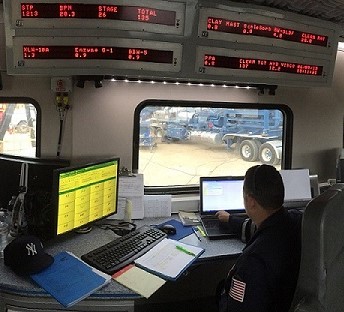Para español seleccione la opción en la esquina superior derecha de la pantalla.
Well Stimulation Treatment (WST) refers to processes performed on oil and gas wells to increase production. This practice was phased out by CalGEM regulations which went into effect on October 1, 2024.
The public can use WellSTAR to find information about well stimulation treatment permits, well stimulation disclosures, well maintenance data, well records, and underground injection control (UIC) projects.
WellSTAR User Information

Well Stimulation Treatment
WST Permit and Disclosure Data
WST Application Data prior to WellSTAR
Neighbor Notification and Water Sampling
WST Glossary
Hydraulic fracturing (also known as fracking, hydrofracturing, or fracing) is a type of WST. Oil and gas operators sometimes use hydraulic fracturing when pore space in the rock making up the oil or natural gas reservoir is too tight to allow the flow of fluids or gasses to the well.
The hydraulic fracturing process involves a mix of fluids and substances called “proppants” injected at high pressure into an oil or gas reservoir. The mix and the force with which it is injected causes reservoir rock to fracture. When the fluids are removed, the proppants keep the cracks open. Natural gas or oil flow into the cracks and into the well.
Acid fracturing and acid matrix are other types of well stimulation.
Related Information
WST Final Environmental Impact Report (FEIR)
California Council on Science and Technology study
"Advanced Well Stimulation Technologies in California"
